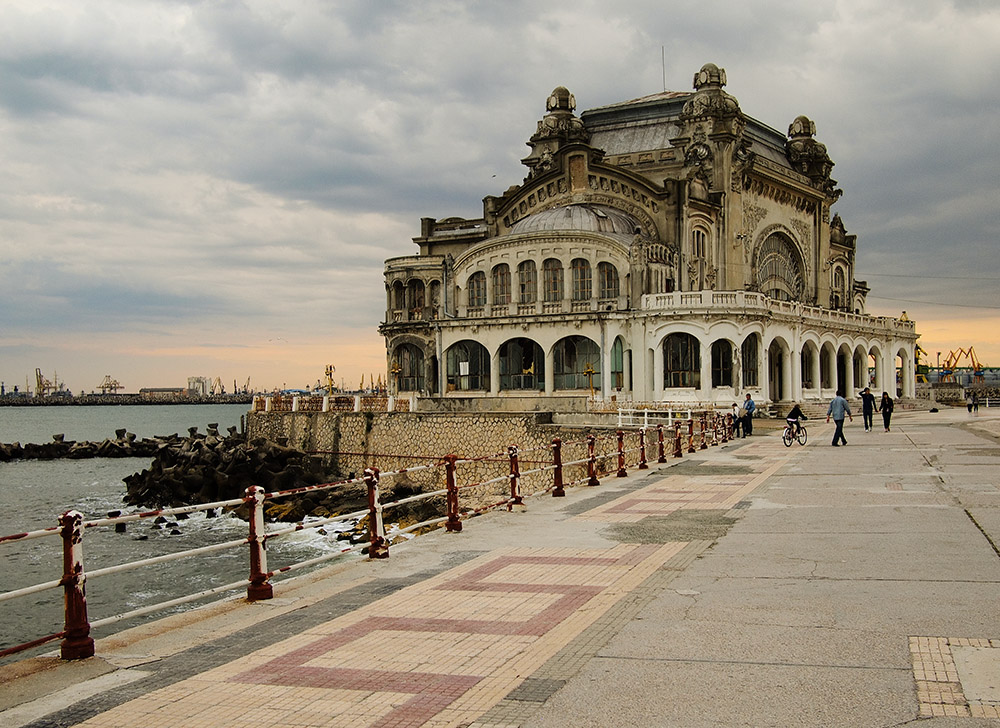
The Photographic Community for Users of Olympus micro 4/3 digital cameras and E-series DSLRs
| Home | Login |
Search
Forum
Actions
New Document
New Folder
List Folders
List Documents
List Groups
List Users
Camera resources
Olympus 4000
Olympus 4040
Olympus 5050
Olympus 5060
Olympus 7070
Olympus 8080
Olympus E-M1 II
Olympus E-M5
Olympus E-P1
Olympus E-P2
Olympus E-PL1
Olympus E-PL3
Olympus E1
Olympus E3
Olympus E30
Olympus E300
Olympus E330
Olympus E400
Olympus E410
Olympus E420
Olympus E500
Olympus E510
Olympus E520
Olympus E620
m4/3 lenses
Camera FAQs
Terms of Service
Photo contest
Submissions page
Hall of fame
Folders
About this site
Documents
Polls
Private folders
Public folders
Categories
Abstract
Action/Motion
Animal
Architecture
Candid/Snapshot
Cities/Urban
Documentation
Fashion/Glamour
Historical
Landscape
Macro
Miscellaneous
Nature
Night/Low light
People
Polls
Sand and Sea
Sky
Tourist/Travel
Contact Us
Casino of Constanta

Copyright ©2011, Olav Agnar Frogner
Viewed times
One of the largest cities in Romania, Constanța is now an important cultural and economic center, worth exploring for its archaeological treasures and the atmosphere of the old town center. Its historical monuments, ancient ruins, grand Casino, museums and shops, and proximity to beach resorts make it the focal point of Black Sea coast tourism. Open-air restaurants, nightclubs and cabarets offer a wide variety of entertainment. Regional attractions include traditional villages, vineyards, ancient monuments and the Danube Delta, the best preserved delta in Europe.
| Photographer: | Olav Agnar Frogner |
|---|---|
| Folder: | Danube Delta |
| Uploaded: | 12-Sep-2011 13:09 CEST |
| Current Rating: | 8.50/4 View all ratings Delete my rating |
| Model release available: | |
| Camera: | Olympus E-PL1 |
| Exposure time: | 1/200 s |
| Aperture: | F4 |
| Focal length: | 20 mm |
| Lens: | Panasonic 20mm/F:1.7 |
| Focusing method: | Spot |
| ISO: | 200 |
| White balance: | Auto |
| Flash: | no |
| Image format: | SHQ |
| Processing applied: | |
| Various: | |
| Image resized to: | 728x1000 |
Very Nice
Olav,
This is a very nice shot, looks like a place I should like to visit. Please excuse my ignorance but what was/is the purpose of a Casino? The only thing I know about casinos are gambling parlors and this certainly doesn't look like it fits that bill!
Nyal Cammack at 03:21 CEST on 13-Sep-2011 [Reply]
The Casino's history...
The Casino's history begins in 1880, shortly after the Independence War with the Ottoman Empire (1877). The Casino was one of the first buildings in the city, almost immediately after that city was taken by the Romanian government and changed its name from the turkish Kustenge in Constanţa. At that time, the Casino was called Cazin or Kursaal and was just a primitive construction of brick and wood, built near the Genoese Lighthouse, at the end of Elisabeta Boulevard - the only boulevard in Constanţa at the time. The Casino had a ballroom, two reading rooms where the tourists could read newspapers as Telegraf, Le Figaro and L'Ilustration, two games rooms and a terrace at seaside. The terrace was the preferred meeting place of seamen, tourists and the city's elite, because almost every night of the summer here were organized balls, a military brass band; there were also regular concerts sustained by the celebrities of the time.
In 1890, the city hall intended to build a new Casino. The start of works was delay until 1891, when a strong storm destroyed mostly the old wooden building, and the city hall concluded that it is cheaper to raise a new building than to repair the old one, in the area where the Casino is located today. The second Kursaal building, completed in 1893, was also a construction of bricks and wood, supported by pillars of wood and consisted of a dance hall, several rooms and a terrace to the sea.
Since 1903, the mayor and the prefect of Constanţa intended to build a modern Casino, like those on the French riviera. The architect who designed the new building was Daniel Renard, a Romanian architect with French origins, aged 32, graduate of the School of Fine Arts in Paris, who projected the Casino in the Art Nouveau style, thus being one of the promoters of this artistic style in Romania. The construction was begun in 1907 and was completed in 1910. On March 15, 1911, The City Council authorized gambling, and the place was equipped with two billiard tables and 17 round tables for card games. In a short time the Constanţa Casino has become one of the best known establishments of its kind in Europe, being preferred by the gamblers coming here, incognito, from all over the world. The Casino issue was debated even in the Romanian Parliament, but no matter how strong were those who opposed to its existence, this building continued to be operated under its original destination. Gambling was not prohibited, it is also the Casino's attraction construction and purpose.
During the First World War he was turned into a hospital, but it was intensely bombed. In the interwar period it has returned to its destination. Today, the Casino continues to exist at the seaside, pending for the luxury of old times...
Posted by Blog Leader at 1:12 PM
Labels: Art Nouveau, Casino, Constata
surprising-romania.blogspot.com/2009/04/casin o-in-constan...
Olav Agnar Frogner at 18:21 CEST on 13-Sep-2011 [Reply]
Thank you Steve.
It was, windy, rainy and a bit cold, but we had a great time. More photos to come...
Cheers from Norway
Olav Agnar Frogner at 19:43 CEST on 18-Sep-2011 [Reply]